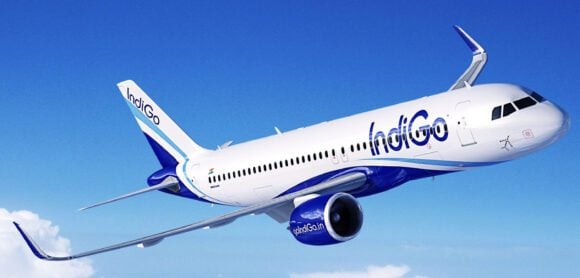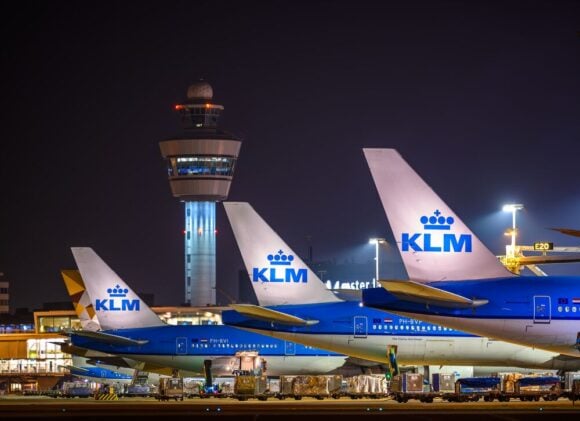
249039259 10159445381083467 2950336326059638345 n
Relaxed Covid restrictions have improved the results of two of Asia’s key airlines in May. Both Singapore Airlines and Cathay Pacific have reported higher passenger numbers and capacity for the past month, which confirms that Southeast Asia is slowly opening up. Singapore and Cathay slowly benefit from relaxation.
Singapore Airlines saw the strong recovery of traffic continue in May after Singapore further relaxed its travel restrictions in April. Travelers no longer are required to go into quarantine on arrival in Singapore, nor do fully-vaccinated people have to do a Covid test. Pre-departure tests have also been removed.
Singapore Airlines and low-cost subsidiary Scoot carried 1.7 million passengers in May, up 17.4 percent from April. SIA carried 1.3 million in May versus just 101.000 in the same month last year, Scoot 419.000 compared to 17.500.
Group capacity in available seat kilometers (ASK) is back to 61 percent of 2019 levels. In May, they were 7.9 million for Singapore Airlines and 1.7 million for Scoot. Revenue passenger kilometers (RPK) improved to 6.4 million for SIA and 1.1 million for Scoot.
The average load factor for Singapore Airlines was 81.5 percent, with Europe the highest at 87.1 percent ahead of North America at 87 percent. East Asia is still trailing at 67.4 percent. Scoot reported a 62.9 percent load factor, with West Asia up to 76.4 percent. Cargo reported a 65.4 percent load factor, 22.3 percent down on May 2021. Covid restrictions in China had an impact of 3.0 percent. Cargo capacity grew by 30.2 percent as more belly space became available on passenger flights.
Cathay improvements
Adjustments to the strict Covid policy in Hong Kong from May 1 contributed to higher passenger numbers for Cathay Pacific to 57.982, up 114.5 percent on May last year but still 98 percent down in 2019. Passenger capacity (ASK) was up by 78 percent to 545.197 kilometers, but Cathay still operates at just four percent capacity op pre-Covid levels. RPKs increased by 94 percent month on month to 329.592 kilometers, driven by demand in North America and Europe. China was also up but Northeast Asia was slightly down on May last year. The load factor was 60.5 percent. In the first five months of 2022, Cathay saw pax numbers grow by 59.1 percent.
Cargo tonnes carried in May were unchanged to April at some 94.000. Capacity, tonnes carried, and load factors were down in the same month last year, confirming the observation that the cargo boom seems to have had its best moment. From January to May, cargo tonnage carried was down by 4.3 percent over last year, with capacity 38.9 percent down and revenue flight-tonnes kilometers 41 percent lower.
“With the recent adjustments to travel restrictions and quarantine requirements, we have been able to resume more flight capacity in the second quarter. Given a strong underlying cargo performance coupled with our cost-management measures implemented over the past two years, our consolidated losses in the first half of 2022, while substantial, are expected to be lower than the consolidated losses reported in the first half of 2021”, says Ronald Lam, Chief Customer and Commercial Officer in a media statement. Lam said in January that the restrictions cost Cathay HK$1.5 billion per month.
Cathay hopes to capture market share in Japan and South Korea. “We also expect transit traffic to improve and become more diversified, in particular between the UK, Australia, and New Zealand, as well as North America and Southeast Asia,” Lam added. Cathay has been given an extension by the Hong Kong SAR Government to the drawdown period of its HK$7.8 billion loan facility for another twelve months to 8 June 2023.
According to Bloomberg, Cathay has plans to recruit 4.000 new staff by the end of 2023 as the carrier expects to fully recover from the travel restrictions. The airline is also said to be considering ordering extra aircraft for its regional operations.
Views: 12



